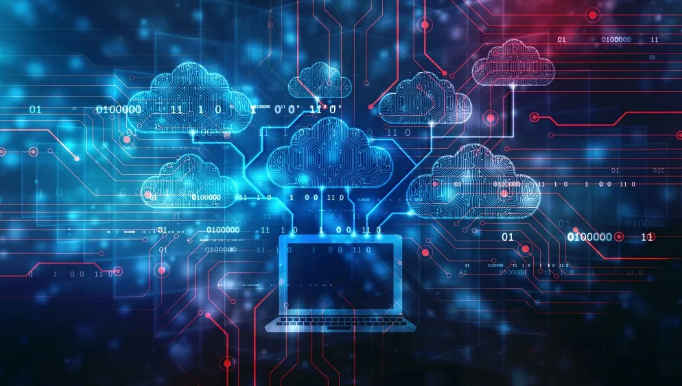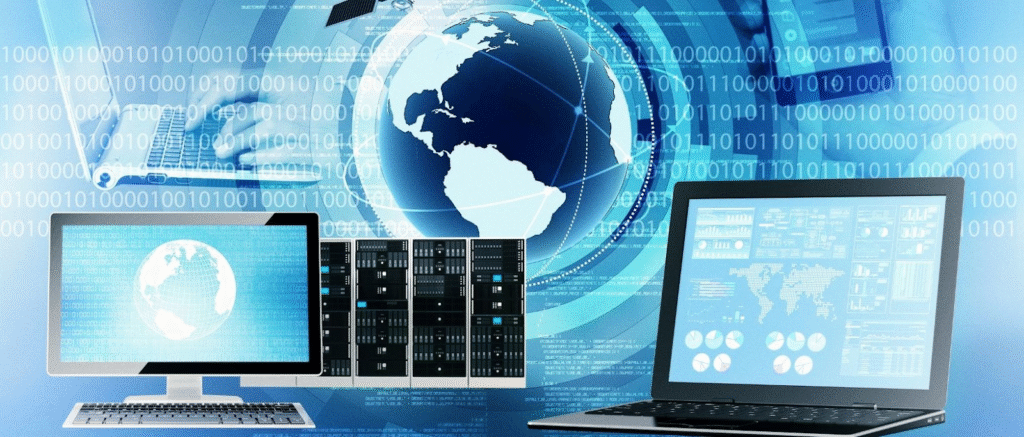Information Systems: Meaning, Types, and Importance

In today’s digital world, information is the most valuable resource. Businesses, schools, governments, and even individuals depend on information to make decisions, solve problems, and plan for the future. But information alone is not enough—it must be collected, stored, managed, and used effectively. This is where Information Systems (IS) play a vital role.
An information system is a structured way to gather, process, store, and distribute information. It combines people, technology, processes, and data to achieve specific goals. Without information systems, modern organizations would struggle to operate smoothly, analyze trends, or compete in a fast-changing market.
In this article, we will explore what information systems are, their types, benefits, and real-life examples.
What is an Information System
An information system is a set of components that work together to manage information. These components usually include:
- Hardware – Computers, servers, and networking equipment.
- Software – Programs that process and analyze data.
- Data – Raw facts that are processed into meaningful information.
- People – Users such as employees, managers, and IT staff.
- Processes – Rules and methods to collect and use information.
Simply put, an information system helps organizations turn data into useful insights that support decision-making.
History and Evolution of Information Systems
Information systems have evolved over time:
- Manual Systems (Before Computers): Early businesses used ledgers, books, and filing cabinets to record transactions.
- Computerized Systems (1960s–1980s): Introduction of mainframes and databases to automate tasks.
- Networked Systems (1990s): Personal computers and internet-based systems changed how businesses operated.
- Modern Systems (2000s–Present): Cloud computing, artificial intelligence (AI), and mobile apps made information systems smarter and more accessible.
Today, information systems are everywhere—from e-commerce platforms to healthcare apps and government databases.
Types of Information Systems
There are several types of information systems, each serving different purposes.
1. Transaction Processing Systems (TPS)
- These systems handle routine transactions such as sales, payroll, and banking.
- Example: An ATM machine that records deposits and withdrawals.
2. Management Information Systems (MIS)
- MIS provides summarized reports to managers for decision-making.
- Example: A sales report showing monthly revenue trends.
3. Decision Support Systems (DSS)
- These systems help in analyzing data and making complex decisions.
- Example: A company using DSS to choose the best location for a new branch.
4. Knowledge Management Systems (KMS)
- They store and share organizational knowledge.
- Example: A company wiki or training portal.
5. Enterprise Systems (ERP)
- ERP integrates different business functions like finance, HR, and supply chain.
- Example: SAP, Oracle ERP.
6. Expert Systems and AI-based Systems
- These systems use artificial intelligence to solve problems like a human expert.
- Example: A medical diagnosis system that suggests treatments.
Importance of Information Systems

Information systems bring many benefits to organizations and individuals:
- Efficiency and Productivity – Automating tasks saves time and reduces human error.
- Better Decision-Making – Managers can use real-time reports to make smarter decisions.
- Cost Reduction – Helps businesses cut expenses by optimizing resources.
- Data Security – Protects sensitive data with encryption and access controls.
- Competitive Advantage – Companies using modern systems stay ahead in innovation.
- Global Reach – Internet-based systems allow global communication and trade.
Examples of Information Systems in Real Life
- Banking Systems – ATMs, mobile banking apps, and online transfers.
- Healthcare Systems – Patient records, telemedicine, and hospital management software.
- E-commerce Systems – Amazon, eBay, and Shopify platforms.
- Education Systems – Learning Management Systems (LMS) like Moodle or Google Classroom.
- Government Systems – Digital ID, online tax filing, and e-governance portals.
Information Systems and Business Growth
For businesses, information systems are not just tools but growth drivers. They:
- Enable real-time communication between teams.
- Improve customer service with chatbots and CRM (Customer Relationship Management).
- Support marketing through data analytics and social media monitoring.
- Ensure supply chain efficiency by tracking products from production to delivery.
Companies like Amazon, Apple, and Microsoft rely heavily on advanced information systems to dominate their industries.
Challenges in Information Systems
Despite their benefits, information systems face several challenges:
- Cybersecurity Threats – Hacking, phishing, and data breaches.
- High Costs – Installing and maintaining complex systems can be expensive.
- System Failures – Downtime can cause business losses.
- Data Overload – Too much data can be difficult to manage.
- Privacy Issues – Organizations must ensure ethical use of personal data.
The Future of Information Systems

The future of information systems looks promising with new technologies:
- Artificial Intelligence (AI) – Smarter decision-making and automation.
- Blockchain – Secure and transparent data management.
- Cloud Computing – Affordable and scalable storage solutions.
- Big Data Analytics – Extracting valuable insights from massive data sets.
- Internet of Things (IoT) – Smart devices connected through information systems.
In the future, information systems will become even more personalized, mobile, and intelligent, transforming every aspect of human life.
Conclusion
Information systems are the backbone of modern society. From simple daily banking transactions to complex artificial intelligence tools, they play a vital role in making our world efficient, connected, and intelligent. For businesses, they are essential for growth, competitiveness, and survival. For individuals, they make life easier, faster, and more informed.
As technology advances, the importance of information systems will only increase, shaping the way we work, learn, and live in the digital age.
FAQs
Q1. What is an information system in simple words?
An information system is a setup that uses technology, people, and processes to collect, store, and manage data for decision-making.
Q2. What are the main components of information systems?
The five main components are hardware, software, data, people, and processes.
Q3. What are the most common types of information systems?
The main types are Transaction Processing Systems, Management Information Systems, Decision Support Systems, Knowledge Management Systems, Enterprise Systems, and Expert Systems.
Q4. Why are information systems important for business?
They help businesses increase efficiency, reduce costs, improve customer service, and make smarter decisions.
Q5. What is the future of information systems?
The future includes artificial intelligence, blockchain, cloud computing, big data analytics, and IoT, making systems smarter and more secure.





